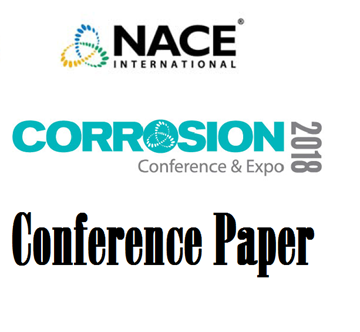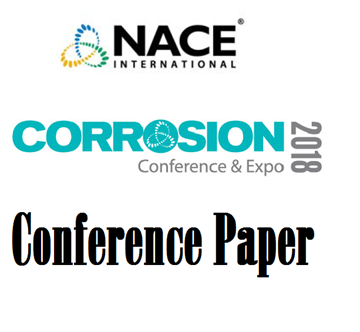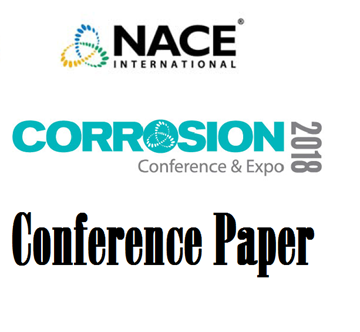Search
51318-11627-A Semi-Quantitative Analysis of Dents Associated with Corrosion: a reliability-based approach
Also Purchased
51318-11628-Electrochemical sensor for monitoring microbiologically influenced corrosion
Product Number:
51318-11628-SG
Publication Date:
2018
$20.00
51318-11630-Internal Corrosion Direct Assessment of a Wet Gas Pipeline
Product Number:
51318-11630-SG
Publication Date:
2018
$20.00
51318-11641-Practical Cost-Benefit Analysis For Pipeline Corrosion Management
Product Number:
51318-11641-SG
Publication Date:
2018
$20.00




